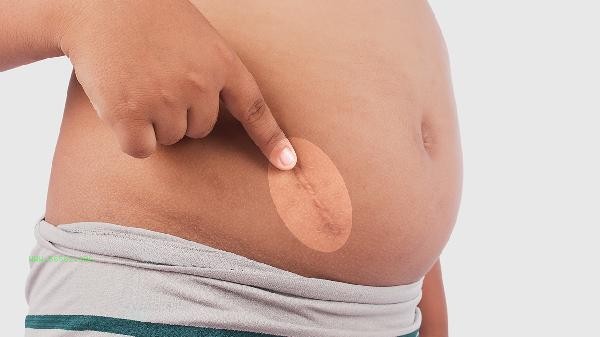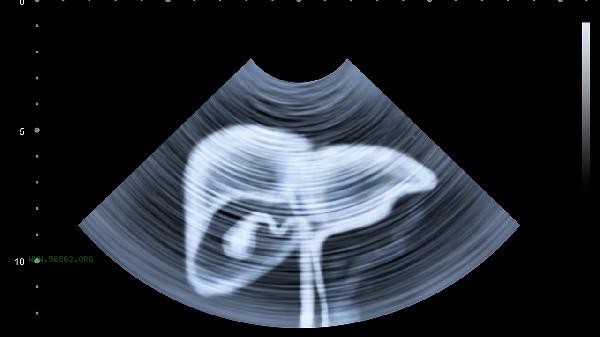Severe abdominal muscle strain is very painful and can be relieved through rest and braking, alternating cold and hot compresses, medication analgesia, physical therapy, rehabilitation training, and other methods. Abdominal muscle strain is usually caused by excessive exercise, external impact, weak core muscle group, insufficient warm-up, incorrect movements, and other reasons.

1. Rest brake
Immediately stop all activities that may worsen the injury and maintain a lying or semi lying position to reduce abdominal muscle tension. Avoid bending, twisting, and other movements during the acute phase. In severe cases, it is recommended to use abdominal straps for temporary fixation. Muscle fiber rupture requires sufficient time for repair, and premature activity may prolong the recovery period.
2. Alternating between cold and hot compress
Within 48 hours after injury, apply ice for 15 minutes every 2 hours to reduce swelling and inflammation. After 48 hours, switch to hot compress to promote blood circulation, and control the temperature at around 40 ℃ to avoid burns. Alternating between hot and cold can accelerate the clearance of metabolic waste, but caution should be exercised for those with abnormal skin sensation.
3. Drug analgesia
In case of severe pain, non steroidal anti-inflammatory drugs such as ibuprofen sustained-release capsules, diclofenac sodium enteric coated tablets, or topical flurbiprofen gel ointment can be used according to the doctor's advice. Muscle relaxants such as methylprednisolone hydrochloride tablets can relieve spasms, but they are contraindicated during pregnancy and in patients with liver and kidney dysfunction.

4. Physical therapy
Ultrasound therapy can promote deep tissue repair, while interference electrotherapy can help alleviate chronic pain. Shock wave therapy is suitable for old injuries, and infrared irradiation can improve local microcirculation. A suitable plan needs to be selected after evaluation by a professional rehabilitation therapist.
5. Rehabilitation training
After pain relief, start with static abdominal breathing training and gradually increase low-intensity movements such as supine leg lifting and plank support. During the recovery period, it is recommended to avoid explosive abdominal exercises. It is suggested to develop personalized plans under the guidance of rehabilitation physicians and enhance core stability through yoga ball training. During the recovery period, it is necessary to maintain a high protein diet to promote muscle repair, and supplement vitamin C and zinc in moderation. During sleep, use a pillow to elevate the knee joint and reduce abdominal muscle tension. Before coughing or sneezing, press the abdomen with your hand to protect the injured area. Avoid heavy physical labor and intense exercise within three months, and regularly review and evaluate the healing situation. If there is persistent fever or subcutaneous congestion spreading, be alert to the possibility of internal bleeding and seek medical attention immediately.









Comments (0)
Leave a Comment
No comments yet
Be the first to share your thoughts!